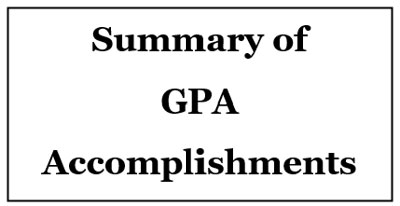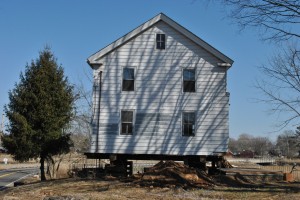GPA Supports Small Businesses: During the Week of May 12 – 19 the Guilford non-profit community is thanking all Guilford small businesses for the support they give to events and causes all year long. Each organization is asking their supporters to show their appreciation by shopping local and letting businesses know how grateful they are for their support. They can also share locally by giving their feedback on a GoodStreets member business profile. GoodStreets businesses want to hear from you!








